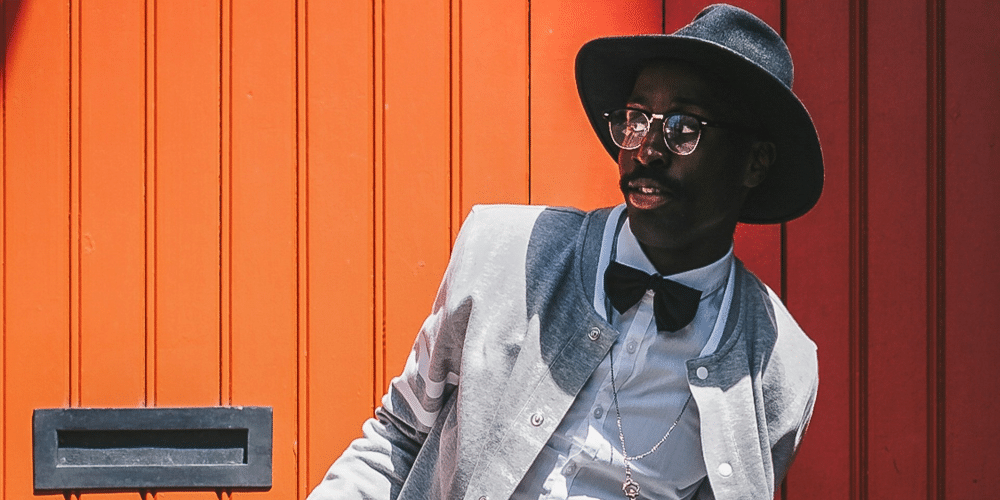In the history of cinema, the portrayal of black characters has undergone significant evolution, reflecting changes in societal attitudes, cultural movements, and advancements in diversity and representation. From stereotypical caricatures to complex, multidimensional roles, black characters in film have traversed a long and transformative journey. In this article, we’ll explore how black characters have evolved in film over the decades, the challenges they’ve faced, and the progress that has been made in the quest for more authentic and inclusive representation.
Early Depictions of Black Characters: Stereotypes and Misrepresentation
In the early days of cinema, black characters were often relegated to stereotypical roles that perpetuated harmful stereotypes and reinforced racial biases. From the subservient “mammy” and “Uncle Tom” figures to the menacing “brute” and “mammy” figures, black characters were frequently depicted as one-dimensional and caricatured representations of racial identity. These portrayals not only reinforced negative stereotypes but also marginalized black voices and experiences, contributing to a legacy of misrepresentation and erasure in mainstream cinema.
The Rise of Blaxploitation Films
In the 1970s, a new wave of cinema emerged with the rise of blaxploitation films, which sought to celebrate black culture and empower black audiences through stories centered on black protagonists. Films like “Shaft,” “Super Fly,” and “Foxy Brown” featured black characters in leading roles, challenging traditional Hollywood conventions and giving voice to previously marginalized communities. While blaxploitation films were criticized for their glorification of violence and exploitation of black stereotypes, they also provided a platform for black filmmakers and actors to tell their own stories on their own terms.
Breaking Barriers: Trailblazers and Icons
Throughout the 20th century, black filmmakers, actors, and activists worked tirelessly to break down barriers and challenge the status quo in Hollywood. From pioneers like Sidney Poitier and Dorothy Dandridge to trailblazers like Spike Lee and Halle Berry, black artists have fought for greater representation and diversity in front of and behind the camera. These trailblazers paved the way for future generations of black talent to thrive in an industry that had long been dominated by white voices and perspectives.
Complex Characters and Authentic Representation
In recent years, there has been a growing demand for more complex and authentic portrayals of black characters in film. Audiences have increasingly sought out stories that reflect the diversity of human experiences and challenge conventional stereotypes and tropes. Filmmakers like Barry Jenkins, Ava DuVernay, and Jordan Peele have brought nuanced and multidimensional black characters to the forefront of cinema, exploring themes of identity, race, and social justice with depth and authenticity. From the intimate drama of “Moonlight” to the satirical horror of “Get Out,” these films have redefined the possibilities of black representation in film and opened doors for more inclusive storytelling.
The Importance of Representation
Representation matters, and the evolution of black characters in film underscores the importance of diverse and authentic representation in media and entertainment. When audiences see themselves reflected on screen in meaningful and nuanced ways, it can have a profound impact on their sense of identity, self-worth, and belonging. Moreover, diverse representation fosters empathy, understanding, and connection across different communities, helping to bridge divides and promote social cohesion.
Challenges and Opportunities Ahead
Despite the progress that has been made, challenges remain in the quest for more equitable and inclusive representation in film. Structural barriers, institutional biases, and systemic inequalities continue to limit opportunities for black filmmakers and actors to tell their stories and showcase their talents. However, with the rise of independent cinema, streaming platforms, and grassroots movements for diversity and inclusion, there are also unprecedented opportunities for black voices to be heard and amplified in the industry.
A Continuing Journey of Progress
In conclusion, the evolution of black characters in film reflects a continuing journey of progress, resilience, and resilience in the quest for more authentic and inclusive representation. From early stereotypes and misrepresentation to complex, multidimensional roles, black characters have traversed a long and transformative path in cinema. While challenges remain, there is also cause for optimism as black filmmakers, actors, and activists continue to push for greater diversity, representation, and equality in Hollywood and beyond. As we celebrate the contributions of black artists to film, let us also recognize the ongoing work that lies ahead in creating a more equitable and inclusive cinematic landscape for all.







